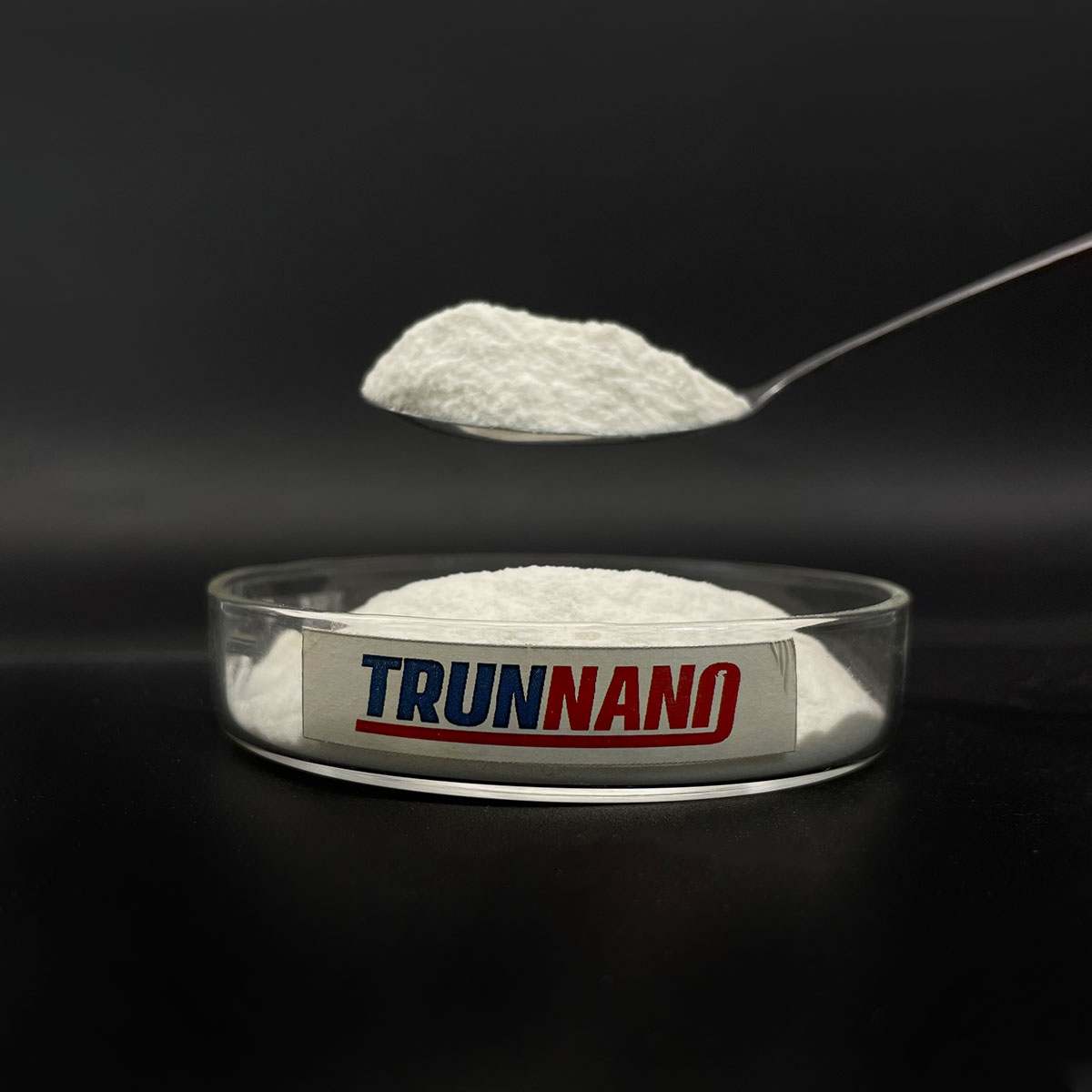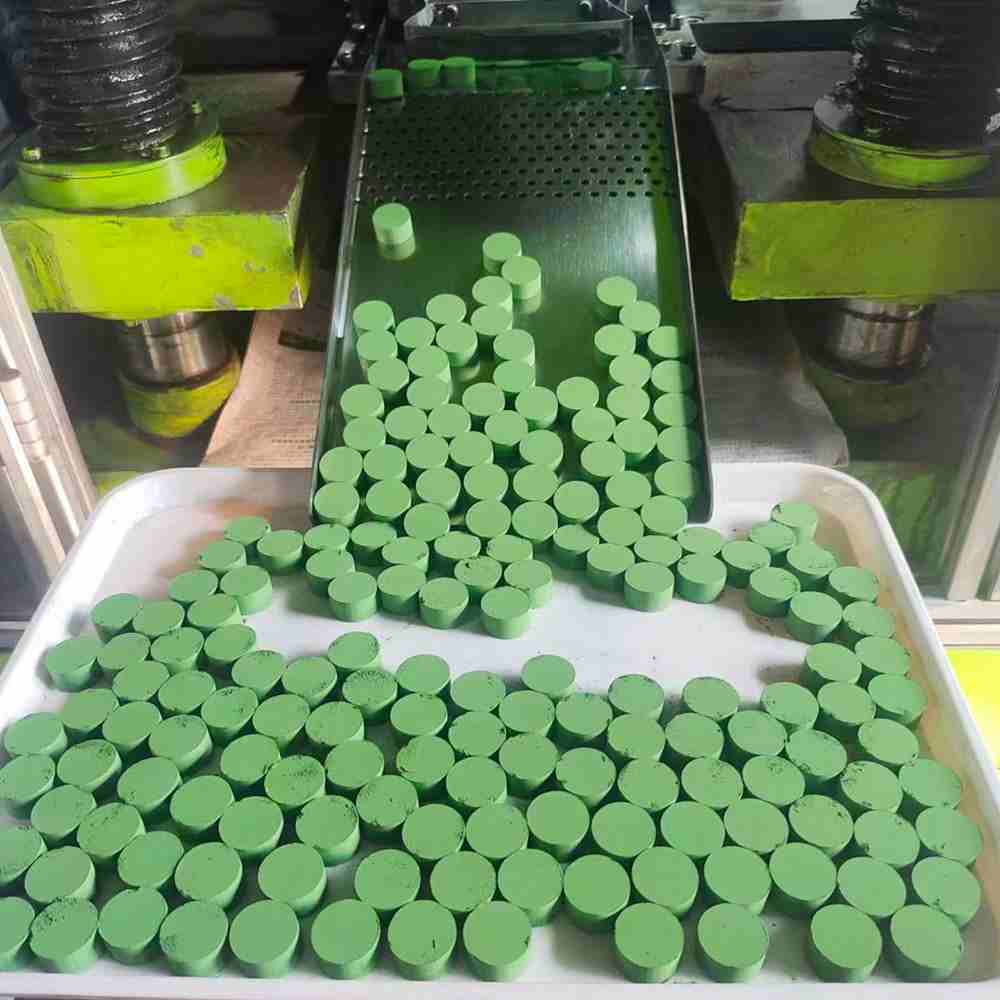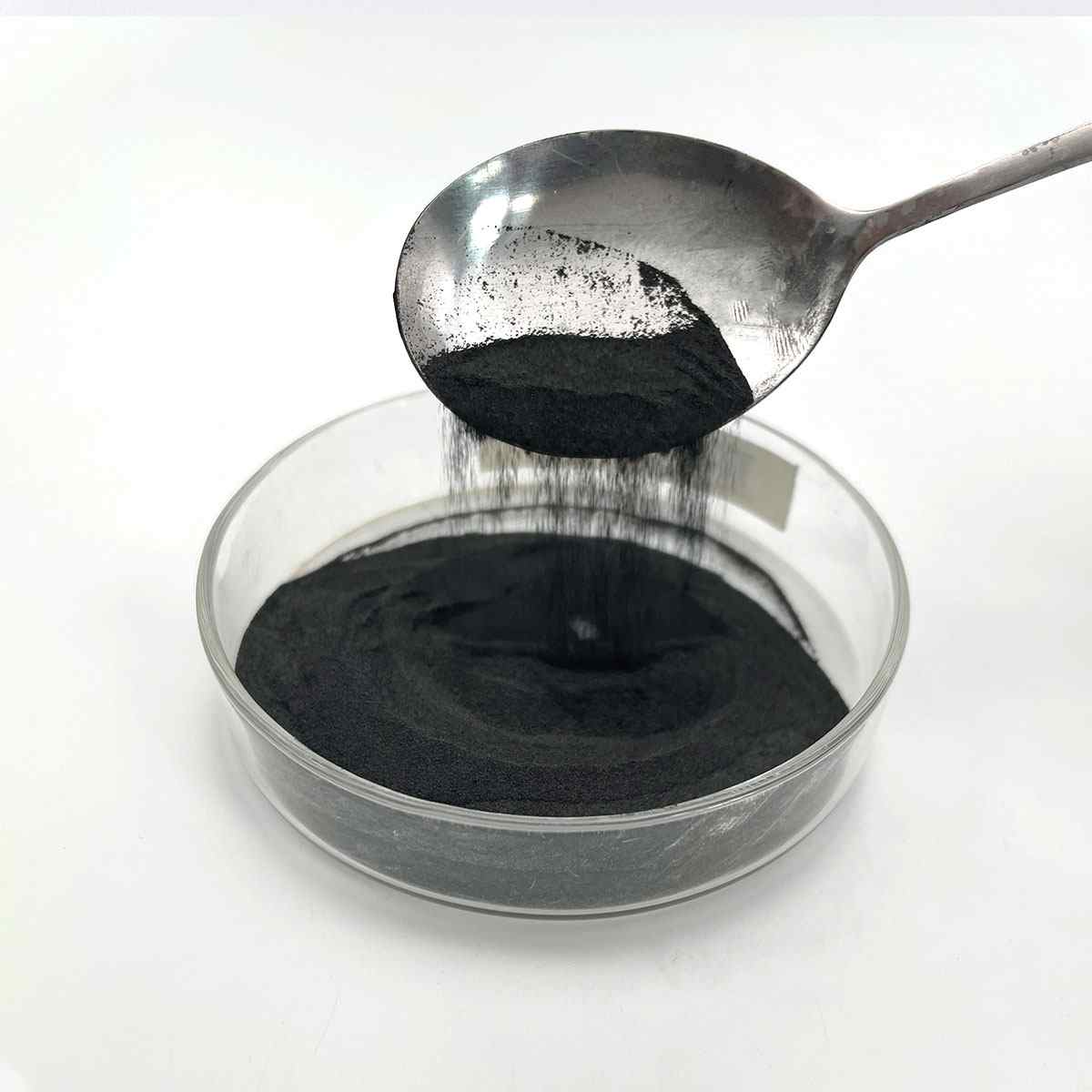Overview of High Purity CAS 12058-18-3 MoSe2 Powder Molybdenum Selenide
Telluride and selenide compounds play a significant role in the field of semiconductors, particularly in the development of advanced electronic and optoelectronic devices. These materials belong to the chalcogenide family, characterized by their ability to form compounds with elements from groups IV-VI in the periodic table.
Tellurides: Compounds containing tellurium (Te) as the chalcogen. Examples include cadmium telluride (CdTe), mercury telluride (HgTe), and zinc telluride (ZnTe). These materials have found applications in solar cells, infrared detectors, and high-speed electronics due to their tunable bandgap, high electron mobility, and good thermal stability.
Selenides: Similar to tellurides, but with selenium (Se) replacing tellurium. Notable examples are cadmium selenide (CdSe), gallium selenide (GaSe), and zinc selenide (ZnSe). Selenide compounds are widely used in light-emitting diodes (LEDs), laser diodes, and solar cells due to their direct bandgap properties and efficient light absorption/emission capabilities.
Feature of High Purity CAS 12058-18-3 MoSe2 Powder Molybdenum Selenide
Direct Bandgap: Many telluride and selenide semiconductors have direct bandgaps, which facilitate efficient light emission and absorption processes. This makes them suitable for optoelectronic applications such as LEDs and lasers.
Tunable Bandgap: The bandgap of these materials can be adjusted by alloying or altering the composition (e.g., CdSe to CdTe), enabling customization for specific device requirements across a wide spectrum of wavelengths.
High Electron Mobility: Materials like HgCdTe exhibit high electron mobility, which is crucial for high-speed electronic devices and low-noise detector applications.
Thermal Stability: Some tellurides and selenides, like ZnTe and ZnSe, demonstrate good thermal stability, making them suitable for high-temperature operation and processing.
Non-Toxic Alternatives: With increasing environmental concerns, there’s a push towards exploring less toxic alternatives to commonly used semiconductors. For instance, Cd-based tellurides and selenides are being replaced or combined with less toxic elements like Mg or Mn in some applications.

(High Purity CAS 12058-18-3 MoSe2 Powder Molybdenum Selenide)
Parameters of High Purity CAS 12058-18-3 MoSe2 Powder Molybdenum Selenide
Molybdenum diselenide (MoSe2), a compound with the chemical formula MoSe2, is a fascinating material that has garnered significant attention in various scientific and industrial sectors due to its exceptional properties. CAS number 12058-18-3 serves as its unique identifier, ensuring consistency across different research and manufacturing processes.
High purity MoSe2 powder, the subject of this discussion, is characterized by its crystalline structure, which consists of layers of molybdenum and selenium atoms arranged in a hexagonal pattern. This layered nature gives it a distinctive two-dimensional (2D) geometry, making it an ideal candidate for applications in nanotechnology and electronics. The purity level of 99.9% or higher ensures minimal impurities, resulting in superior performance and reliability.
One of the key features of MoSe2 is its excellent electrical conductivity, both in the metallic and semiconducting states, depending on the doping conditions. As a semiconductor, it exhibits a direct bandgap, which makes it attractive for optoelectronic devices such as photodetectors and solar cells. Its high carrier mobility also contributes to its potential use in high-speed electronic devices.
In addition to its electronic properties, MoSe2 boasts remarkable mechanical strength and thermal stability. The van der Waals bonding between its layers provides excellent flexibility, allowing it to be used in flexible electronics and sensors. Furthermore, its thermal conductivity is relatively high, which can be advantageous in heat management applications.
The material’s chemical inertness makes it resistant to corrosion, making it suitable for harsh environments. It can be synthesized through various methods, including chemical vapor deposition (CVD), mechanical exfoliation, or chemical reduction, each yielding different crystal structures and properties. High purity MoSe2 powder can be easily processed into thin films or incorporated into composite materials, opening up possibilities for diverse applications like lubricants, catalysts, and energy storage devices.
In the field of optoelectronics, MoSe2 is being explored for use in light-emitting diodes (LEDs) and quantum dots, offering tunable emission properties. It is also a promising candidate for valleytronics, a subfield of condensed matter physics that exploits the valley degree of freedom in 2D materials.
Biomedical applications are another area where MoSe2 shows promise. Its biocompatibility and potential to modulate cell behavior make it suitable for drug delivery systems, tissue engineering scaffolds, and even as a coating for medical implants to enhance their biointegration.
In summary, high purity CAS 12058-18-3 MoSe2 powder is a versatile material with extraordinary properties that make it an essential component in a wide range of industries. Its combination of electrical conductivity, mechanical strength, chemical stability, and potential for novel applications continues to drive research and development efforts in fields such as electronics, energy, and biomedicine. As technology advances, the importance of MoSe2 is likely to grow, solidifying its position as a key material in the 21st-century scientific landscape.

(High Purity CAS 12058-18-3 MoSe2 Powder Molybdenum Selenide)
FAQ of Semiconductor Materials
Inquiry us






